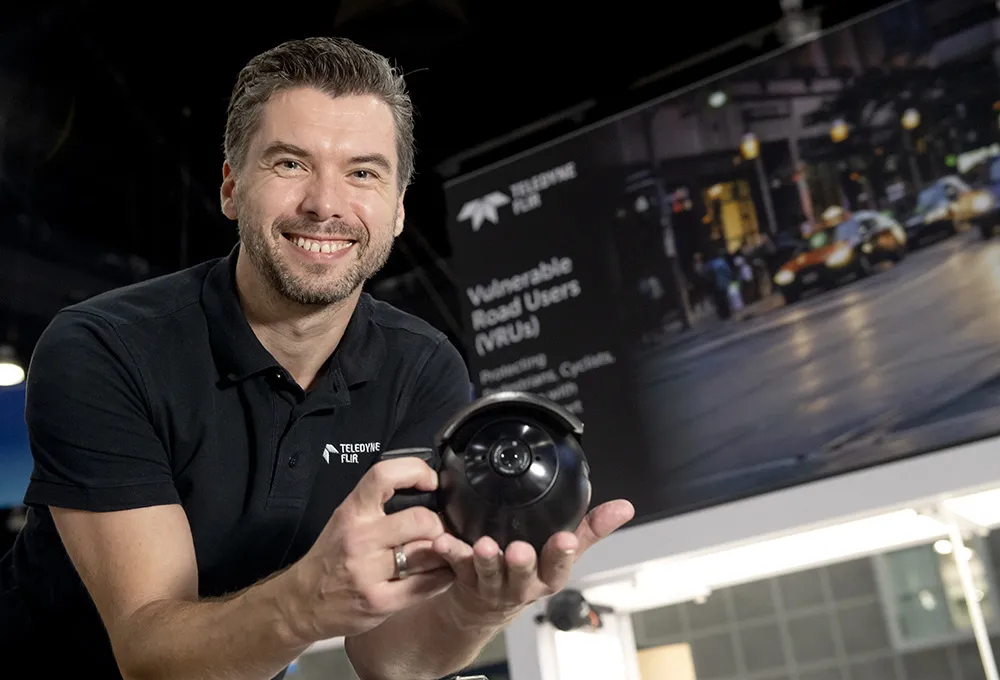ThermiCam is Flir Systems’ latest offering and comprises an integrated thermal camera and detector for vehicle and bike presence and counting at signalised intersections. It detects vehicles and bicycles at or near the stop line using thermal video images allowing traffic lights to be controlled more dynamically in all lighting and weather conditions.
January 23, 2014
Read time: 1 min

ThermiCam is 6778 FLIR Systems’ latest offering and comprises an integrated thermal camera and detector for vehicle and bike presence and counting at signalised intersections. It detects vehicles and bicycles at or near the stop line using thermal video images allowing traffic lights to be controlled more dynamically in all lighting and weather conditions.
Sharing the same housing as TrafiCam and TrafiCam x-stream video sensors, ThermiCam uses thermal energy emitted from cyclists and other vehicles to make a distinction between the two. The intelligent sensor provides the traffic light controller with specific information on vehicle and bike presence, which allows traffic managers to make more informed decisions and adapt green times according to the specific road user type. By adding the thermal sensor ThermiCam overcomes the problems traditional video cameras have in detecting bicyclists situated close to vehicles or in dark shadows.
Nico Verstraete, FLIR’s ITS business development manager said: “Finally, a device that can not only detect, but also differentiate between bicycles and vehicles on mixed lanes.”
Sharing the same housing as TrafiCam and TrafiCam x-stream video sensors, ThermiCam uses thermal energy emitted from cyclists and other vehicles to make a distinction between the two. The intelligent sensor provides the traffic light controller with specific information on vehicle and bike presence, which allows traffic managers to make more informed decisions and adapt green times according to the specific road user type. By adding the thermal sensor ThermiCam overcomes the problems traditional video cameras have in detecting bicyclists situated close to vehicles or in dark shadows.
Nico Verstraete, FLIR’s ITS business development manager said: “Finally, a device that can not only detect, but also differentiate between bicycles and vehicles on mixed lanes.”










